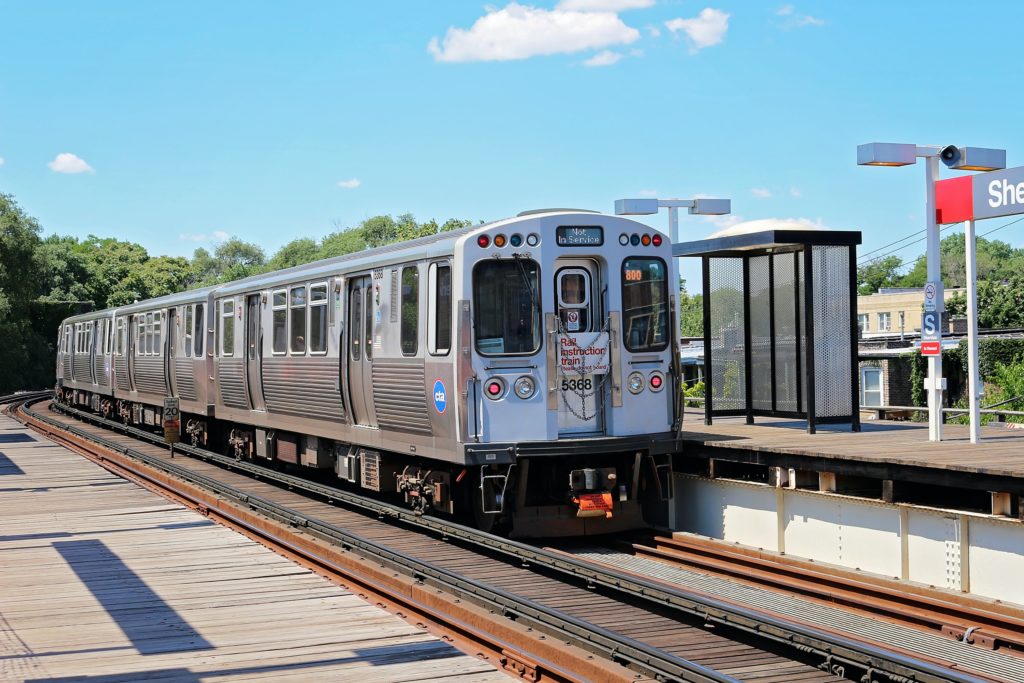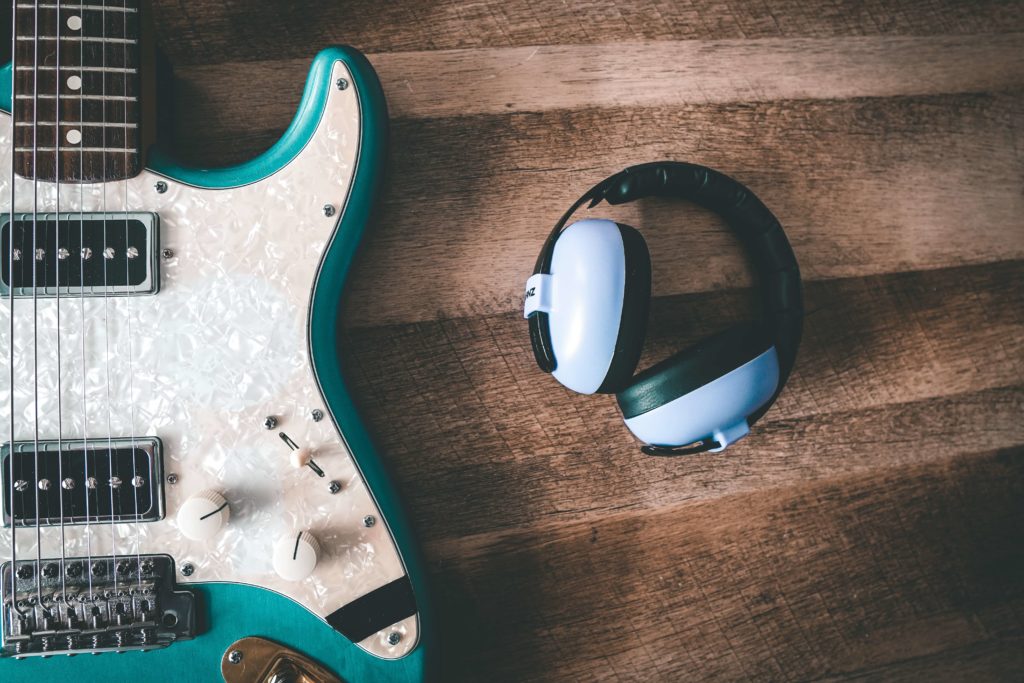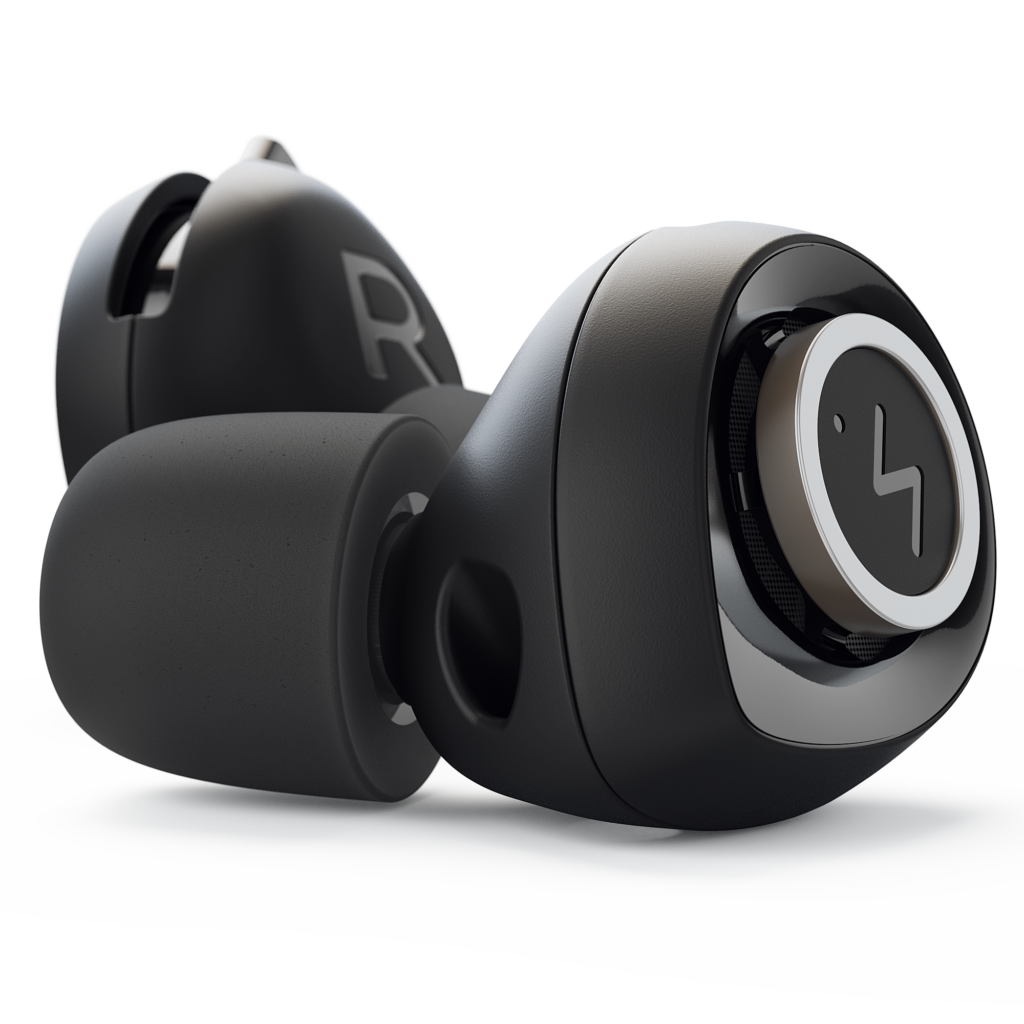
Written by Tom Trones from Minuendo
Do you feel like you have heightened noise sensitivity? Is it hard for you to deal with everyday sound? Do you stick your fingers in your ears when a train screeches to stop?
If you feel like you’re the only one who notices the loud sound around you, you might have a heightened noise sensitivity or Hyperacusis. Your brain can confuse and exaggerate certain vibrations which causes discomfort.

Around 1 in 50,000, people have reduced tolerance to everyday sounds that are not considered harmful to our hearing.
Noise sensitivity is sometimes referred to as Decreased Sound Tolerance (DST).
The most commonly reported sounds that trigger negative emotional responses such as annoyance, pain or fear are:

You can link hyperacusis to hearing loss and tinnitus (ringing in the ear). Severe cases of reduced sound tolerance include seizures and loss of balance.
What the average person considers normal sound levels can be screamingly loud to someone with reduced sound tolerance.
Most people have a hearing threshold of pain of 120dB, which is a bit louder than a rock concert or a jackhammer. Below that, we can find a loudness discomfort level, normally around 100dB, which is about the noise level when riding a motorcycle.
It is typical for those suffering from reduced sound tolerance to have a loudness discomfort level below 80dB, the level of someone shouting. In practice, this 20dB difference is equivalent to 4 times the perceived loudness!
Studies have found that overuse of hearing protection may actually cause reduced sound tolerance, in addition to worsening an existing condition. Overprotection happens when the worn hearing protection is isolated, and this contributes to the symptoms getting worse.
For example, foam earplugs can completely block out the noise around you.

It becomes a vicious circle where you unknowingly train your ear and brain to become more sensitive and alert to sounds that in reality are not damaging to your hearing. As it progresses, the threshold is lowered, and more sounds become unbearable.
In Norway, reduced sound tolerance is treated by audio therapists, which are covered by the National Health Service. Treatment is usually based on counselling, sound training, and cognitive therapy, sometimes combined with physical aids like broadband noise generators.
A key insight in treatment is the realization that normal sound levels are not immediately harmful,
and the treatment aims to retrain and re-calibrating the connection between the ear and the brain.
This process usually takes months, and many can become dependent on their earplugs. Stopping to use of earplugs “cold turkey” can be very difficult and painful. Meanwhile, conventional earplugs often add to the problem, considering they reduce so much of the sounds in the higher frequency range.

This is usually the area where those with reduced sound tolerance have the biggest problems. This gives Minuendo variable earplugs an advantage in recovering from reduced sound tolerance.
Minuendo earplugs are part of the treatment through gradual opening up of the earplugs over time. No other earplugs have a stepless variability and maintain a natural sound experience (flat frequency response).
Reference: “Hyperacusis and Disorders of Sound Intolerance: Clinical and Research Perspectives” by Marc Fagelson (Author), David M. Baguley (Author)
This text has been validated and edited by Tina Trones, an audio therapist at Linderud Audiopedagosiske Senter in Oslo, Norway.
Thanks for reading our article on Noise sensitivity: Causes and treatment. We at Soundbrenner are dedicated to helping musicians stay focused on what truly matters: their music. By creating innovative devices, such as Soundbrenner Pulse and Core, our goal is to deliver the best possible practice experience for musicians. Click here to find out more.
Got a question about Soundbrenner wearables? Reach out to us at [email protected], we’re happy to help!